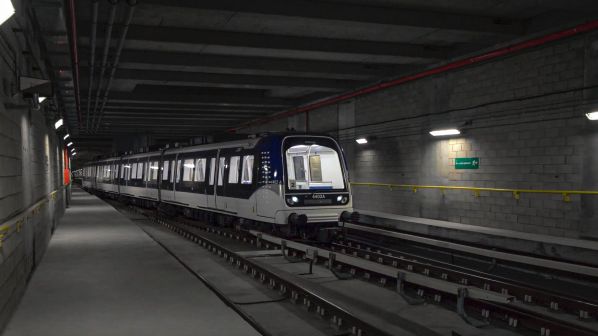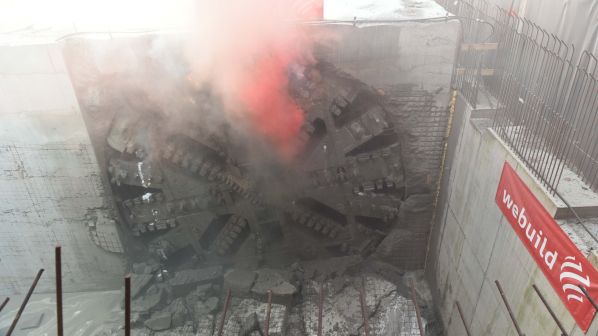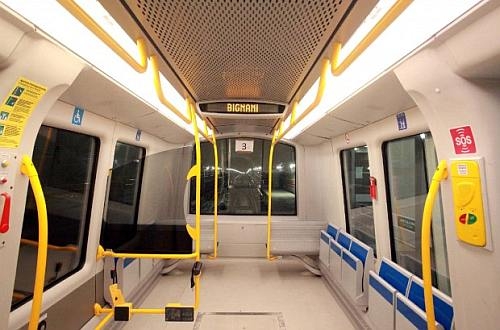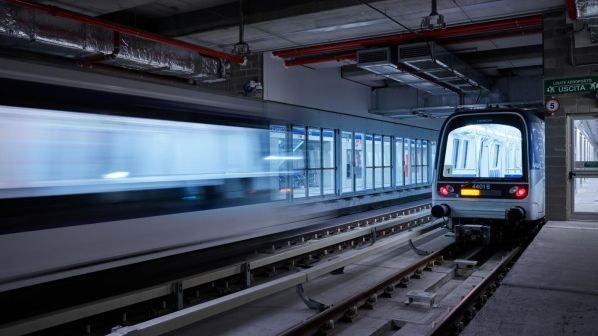THE Dateo - San Babila section of Milan’s underground M4 Blue Line is due to open on July 4, connecting Linate Airport to San Babila station in Milan city centre and cutting the journey time from 33 minutes to 12 minutes.
The first 5.3km Dateo - Linate Airport section opened on November 26 2022. When completed in the second half of 2024, the full 15km Blue Line will run from Linate to San Cristoforo with 21 stations, providing a 30-minute journey time.
The Blue Line is being delivered by the M4 consortium, held by Milan City Council (66.667%), Webuild (9.634%), Partecipazione Italia (9.634%), Hitachi Rail STS (11.293%), ATM (2.333%), Sirti (0.1%), Hitachi Rail (0.1%), and MerMec (0.239%).
Trains will operate at three-minute headways during peak periods, with a maximum speed of 80km/h. Each train will have capacity for up to 500 passengers, and the line will carry an estimated 24,000 people per hour per direction.
In addition to the interchange with Linate Airport, the line will have two interchange stations with the existing metro network: with the Red Line at San Babila and with the Green Line at Sant'Ambrogio. The Blue Line will connect to the suburban rail network at Forlanini FS, Dateo and San Cristoforo stations. A short pedestrian connection from Sforza Policlinico station will also provide a connection with the Yellow Line at Missori station.
The project involves building two single-track tunnels, one for each direction, 21 stations, 30 buildings and a workshop depot.
Webuild is responsible for construction using tunnel boring machines (TBMs).
Hitachi Rail is delivering 47 autonomous trains, the signalling system, telecommunication technologies and digital pricing and access control systems.
The trains will draw on Hitachi Rail’s autonomous technology already used in Milan, Copenhagen, Riyadh and Honolulu. The trains will be equipped with a real-time video system connected to the Central Operations Centre (PCO).
Hitachi Rail has also supplied the ATC signalling system, based on CBTC driverless technology that enables a high degree of flexibility, allowing the number of trains on the line to easily vary, responding to passenger needs.
For detailed data on metro projects around the world, subscribe to IRJ Pro.




